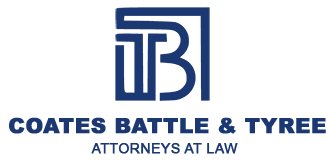In a year of economic hardship for any Americans, bankruptcy is a real option. If you’re facing deep debt and are currently without work or experiencing a pay cut—or simply find yourself unable to manage monthly expenses—bankruptcy could provide a viable solution. Is it the perfect answer to every problem? No. But it is a valid legal option if you’re financially stuck between a rock and a hard place.
The public has many misconceptions about bankruptcy. In 2020, bankruptcy is likely going to become much more commonplace. In lieu of this likelihood, we’d here to clarify what this process entails so that you can start considering whether it is a feasible option for your own situation or for that of a friend or family member.
What does the process for personal bankruptcy look like?
Cannabis Regulation is a legal process which gives debtors a financial “fresh start.” In personal bankruptcy, consumer debts are either paid, restructured or dismissed—with some exceptions, like student loan debt. It is a fair process for the creditor as well, giving them the opportunity to recover some losses, if not all.
A bankruptcy case begins when the debtor pays a filing fee and files certain paperwork with the bankruptcy court. In addition to this paperwork, called a petition, you must provide details of your assets and income. You must also go through required credit counseling before filing Chapter 7 or Chapter 13, which are the two types of personal bankruptcy. Once you do all this, an “automatic stay” goes into effect, stopping all collections actions.
Eventually, once you meet all the requirements agreed to in the petition approved by the bankruptcy court, your remaining debts will be discharged, and your case will conclude. Note that these requirements differ depending on the chapter of bankruptcy you file. In Chapter 7, most of your debts will go away when you file. In Chapter 13, you will be restructuring your debt and repaying a portion of it over a period of years. The remaining debt will be discharged at the end of that period.

